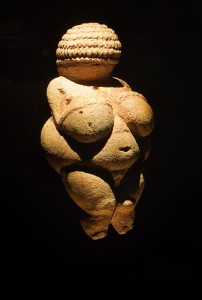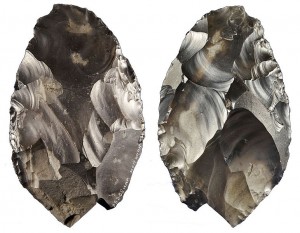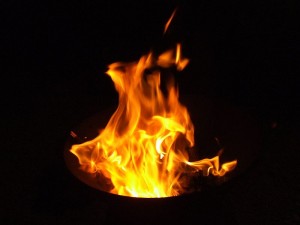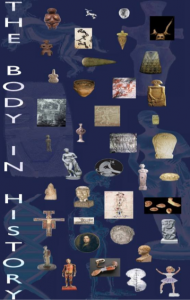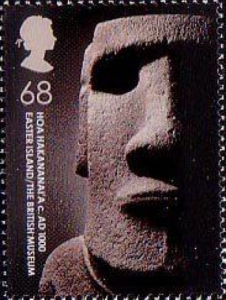
Bone Flute
Music is ubiquitous in all societies today, yet it is often seen as a "luxury" by writers on human evolution and not as important as spoken language. Unlike those writers, we shall explore the functions music can play in societies today, and use such insights to evaluate the musical instruments that begin to appear in the archaeological record from 40,000 years ago.
Continue reading →

